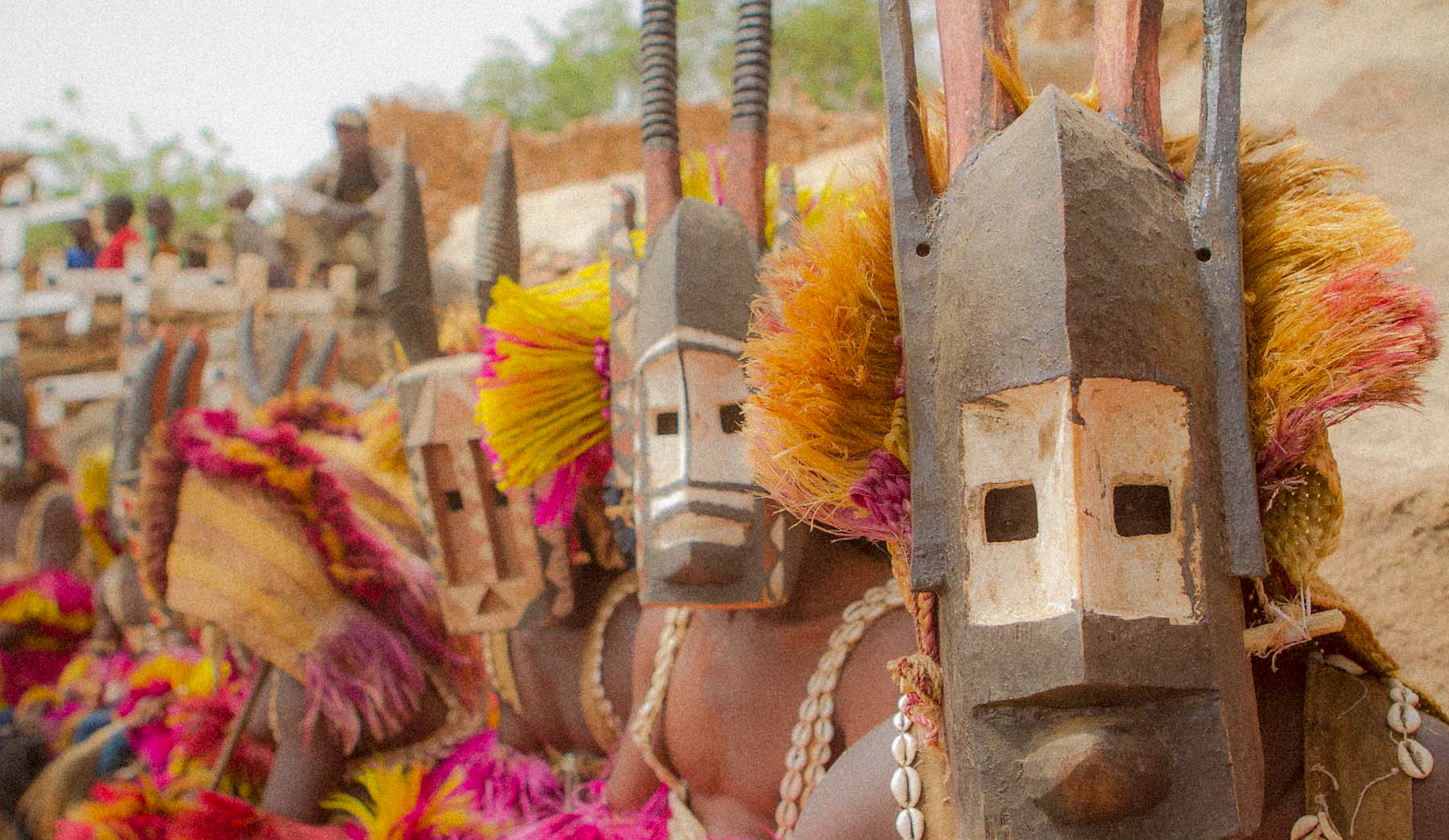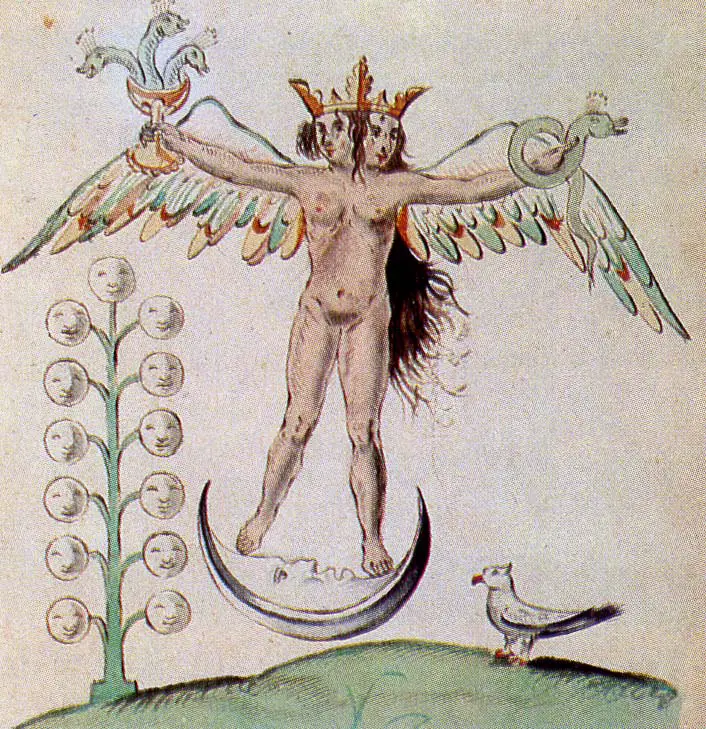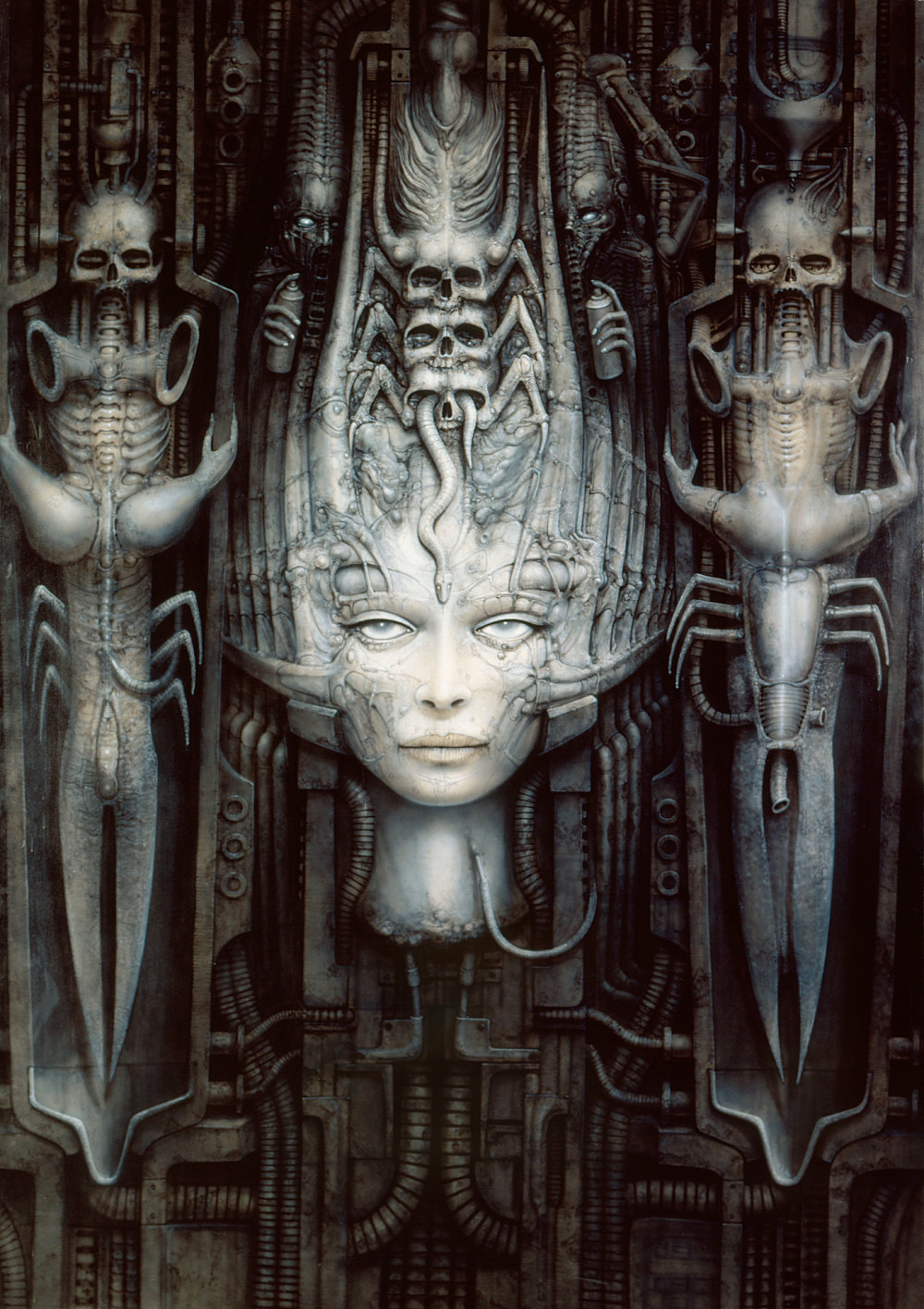Tag: Anthropogenesis
The Demiurge and the positive possibility: shaping
In this fifth appointment of the "Manvantara" cycle we are going to analyze, after the "negative way of the Demiurge" outlined in the previous article, the specular "positive way": the shaping of man or anthropogenesis.
The Pole, the incorporation, the Androgyne
The mythical traditions from all over the world speak of an auroral golden age in which Man lived "in the company of the gods": this can perhaps be related to creation "in the image and likeness of God" and to tradition of the Platonic primordial Androgynous, homologue of the kabbalistic Adam Kadmon?
It is not terrestrial (and it does not claim to be)
Traditional criticism of the so-called hypotheses of the “Ancient Astronauts” and of the “Alien Genesis”, cleared in recent decades by the Azerbaijani 'Sumerologist' Zecharia Sitchin and his increasingly numerous followers.
Viracocha and the myths of the origins: creation of the world, anthropogenesis, foundation myths
di Marco Maculotti
We have set our sights on this cycle of essays classified as "Andean Notebooks" to focus on the most significant aspects of the tradition of ancient Peru, which was much more extensive than the present, also including parts of Ecuador, northern Chile and Bolivia. Having previously treated the doctrine of the "Five Suns" and pachacuti [cf. Pachacuti: cycles of creation and destruction of the world in the Andean tradition] let us now analyze the main numinous figure of the Andean pantheon: the creator god Viracocha (or Wiracocha or Huiracocha). For the purposes of this investigation, we will mainly use ancient chronicles (Garcilaso Inca de la Vega, Sarmiento de Gamboa, Cristobal de Molina, Bernabé Cobo, Guaman Poma, Juan de Betanzos, etc.) and the manuscript of Huaru Chiri, translated only recently, which we will integrate from time to time with the stories of rural folklore (collated by the anthropologist Mario Polia) and with some of the most recent hypotheses, if noteworthy.
Guido von List and the magical-religious tradition of the Ariogermans
At the turn of the nineteenth and twentieth centuries, using an approach halfway between the anthropological and the occult, the Viennese scholar Guido von List attempted a reconstruction of the Germanic Urgrund, analyzing the more esoteric aspects of the cosmogony and pre-Christian religion of the ancient Central European peoples .
di Marco Maculotti






